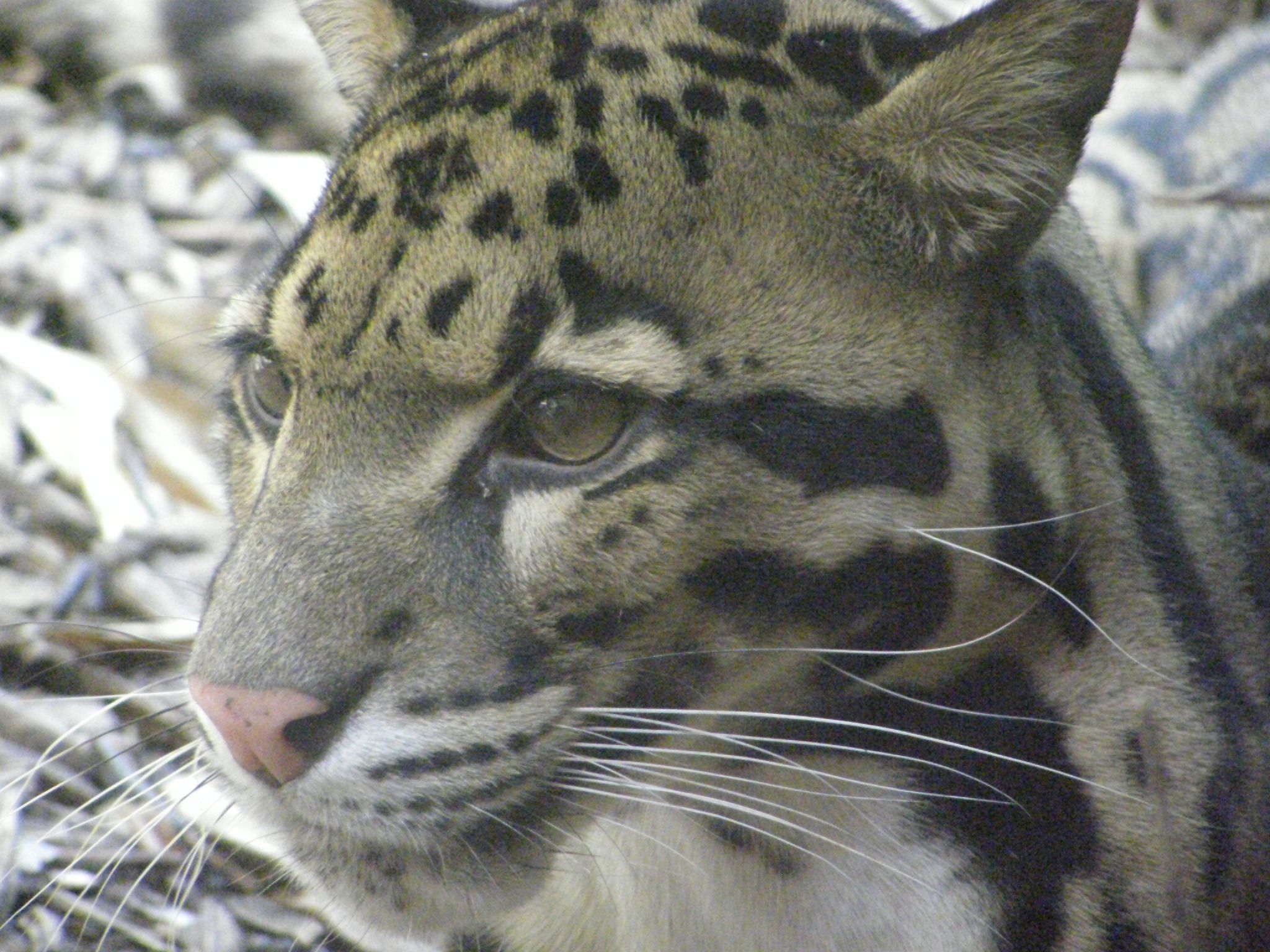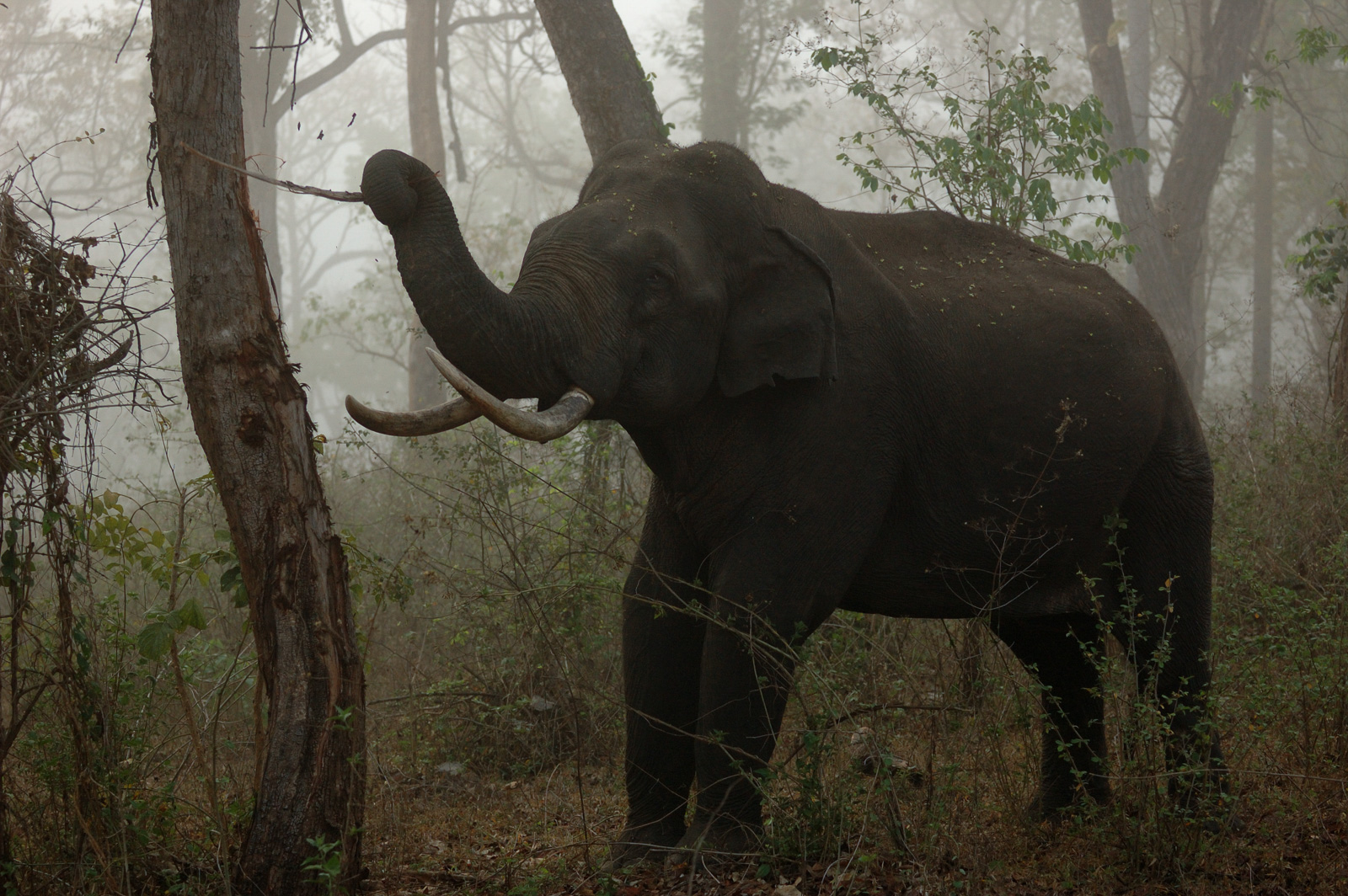Myanmar Coastal Rainforests
The ecoregion’s land area is provided in units of 1,000 hectares. The protection goal is the Global Safety Net (GSN1) area for the given ecoregion. The protection level indicates the percentage of the GSN goal that is currently protected on a scale of 0-10. N/A means data is not available at this time.
Bioregion: Myanmar Coastal Rainforests & Andaman Sea Islands (IM9)
Realm: Indomalaya
Ecoregion Size (1000 ha):
6,670
Ecoregion ID:
250
Protection Goal:
38%
Protection Level:
0
States: Myanmar, Bangladesh
In 1984, the last Sumatran rhinoceros in the Arakan Yoma region was killed, and its horn sold to a traditional Chinese medicine shop in Yangon. This act extirpated one of the world’s rarest large mammals from this ecoregion. Although there have been a few subsequent records of rhino tracks, and one unverified report of a calf kept in captivity by local villages from far northern areas of Myanmar, this rhinoceros is now believed to be extinct in Myanmar and all of mainland Asia.
.jpg)
The flagship species of the Myanmar Coastal Rainforests ecoregion is the Asiatic golden cat. Image credit: Courtesy of Vanaavi, iNaturalist
The Myanmar Coastal Rainforests ecoregion represents the lowland evergreen and semi-evergreen rainforests along the western side of the Arakan Yoma and Tenasserim mountain ranges of Myanmar’s west coast. A small part in the north extends into Bangladesh. The ecoregion presents an array of climatic niches that supports habitat for the flora and fauna from the Indian, Indochina, and Sundaic regions, contributing to its high species diversity.
The climate is tropical and monsoonal. Annual rainfall exceeds 4,000 mm, with most rainfall occurring from June to August. In September and October the rains taper off, but the temperatures remain relatively constant, in the low 30ºC, although the high humidity makes it feels warmer.

Clouded leopard. Image credit: Frank Wouters, Creative Commons
The copious monsoonal rainfall encourages a lush tropical forest vegetation, dominated by species in the family Dipterocarpaceae that are characteristic of most Asian rainforests. The species in this ecoregion include Dipterocarpus alatus, D. turbinatus, D. obtusifolius, D. pilosa, Anisoptera glabra, Hopea odorata, and Parashorea stellata. Other associated trees include Lagerstroemia calyculata, L. floribunda, L. speciosa, Pentace burmanica, and Swintonia floribunda. There is an undergrowth of Calamus palms and the creeping bamboo, Temostachyon helferi.
The Tenasserim sections at the south of this ecoregion includes some Heritiera-dominated brackish and fresh-water habitats along the Tenasserim River. The forests along the brackish water reaches include several mangrove species. Large patches of low statured forests and mixed delta scrub are characterized by tree species such as Elaeocarpus hygrophilus, Calophyllum amoenum, Litsea nitida, Eugenia spp., and Diospyros burmanica.

Asian elephant. Image credit: Kalyan Varma, Creative Commons
There is a large extent of forest remaining in the ecoregion, but poaching is rife; thus most of the wildlife have either been extirpated or pushed to the brink of local extinction. Threatened mammals of conservation significance include the tiger, Asian elephant, Malayan tapir, wild dog, sun bear, clouded leopard, common leopard, Asiatic golden cat, and gaur.
The Asiatic golden cat, known in Myanmar as the “fire cat”, has a wide range distribution across Asia, and is still widely distributed in Myanmar. Because this wild cat prefers forested areas, particularly tropical and subtropical moist evergreen forests, this ecoregion presents good opportunities for its conservation. One characteristic feature of this species is the high variability of its coat color, which ranges from light cinnamon to darker shades of brown, and even gray and black, while some also have spotted and striped markings.
-CC-Jenis%20Patel-2013_resized.jpg)
Gaur. Image credit: Jenis Patel, Creative Commons
Most of the forests along the fertile, densely populated plains of the Ayeyarwady (Irrawaddy) River have been cleared, but significant areas of remaining forests provide opportunities for strategic conservation of additional forests at landscape scales. However, timber concessions and infrastructure development plans can degrade and fragment these remaining forests.
Thus, the recommended conservation priorities are to: 1) secure forests based on landscape-scaled strategic spatial analyses that include ecological connectivity-related parameters; 2) address poaching, especially for the international commercial trade; and 3) strengthen the capacity of Myanmar’s conservation authorities and stakeholders, including the indigenous communities.
Citations
1. Wikramanayake, E, E. Dinerstein, et al. 2002. Terrestrial Ecoregions of the Indo-Pacific: A Conservation Assessment. Island Press.
2. Critical Ecosystems Partnership Fund. 2012. Ecosystem Profile. Indo-Burma Biodiversity Hotspot. 2011 Update. https://www.cepf.net/Documents/final.indoburma_indochina.ep.pdf Accessed Dec 2017.
3. Sovacool, B., 2012. Environmental conservation problems and possible solutions in Myanmar. Contemporary Southeast Asia: A Journal of International and Strategic Affairs, 34(2), pp.217-248.


